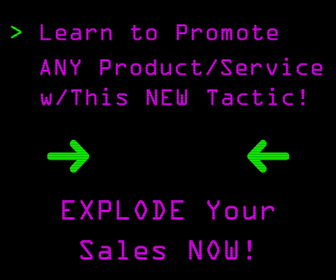There are only so many stories in the world that can be told.
Narrative structure is something that is very deep-seated and intrinsic to human psychological and social experience.
You've probably heard of Joseph Campbell's concept of the “Hero's Journey,” most likely in the context of its influence on Star Wars.
Compelling stories follow a few basic rules and structures.
Without them, things kind of fall apart.
Back in the 1970s, scholars Edmund Leach and Algirdas Greimas studied a massive volume of folktales from around the world, looking for patterns in their structure.
They found those patterns: six key elements that every story has.
By understanding these fundamentals of storytelling, marketers and advertisers can reach audiences on a much deeper level than ever before.
You can use it as a template — or, as this article from GetResponse calls it, a “meta-template” — that can be applied to just about any product, service, or brand.
A structure to rule them all
A book titled Culture And Narration appeared in 1976. Its authors, Edmund Leach and Algirdas Greimas, researched the structures of folk tales.
They came up with a story structure: six elements each story should have. What can we find there?
The hero.
Your typical story protagonist: Kate from the story above, our nerdy CEO or Wesley, the newest member of our team.
The goal.
Most of the stories have them. Good stories emphasize the stakes.
So the CEO needs to open the new production line or the company goes bankrupt. Kate needs her clean clothes so she can win the love of her life.
You get it.
But this is where things get interesting.
How do you throw your protagonist in a situation he clearly does not want to be in? You add two elements to your story.
The giver
is someone (or something) who throws our protagonists out of their comfort zones.
For Kate, it’s her two-week hiking. The nerdy CEO has to go to a sales meeting because of the nasty flu that’s decimating his team.
The receiver.
You can come up with a very fancy reason for your protagonist to abandon his comfort zone, but your audience still needs to believe it.
This is where the receiver comes in.
Why would our character agree on doing something completely out of character?
What would trigger them? Kate does it in the name of love.
And what about our CEO?
If you got the previous ones right, you still have two more to go. These are about your story’s turning point.
The enemy.
In classic fairy tales, it’s the dragon.
In Kate’s story, it’s her dirty laundry. For our CEO it’s his social anxiety.
The better you depict the enemy, the more emotional your audience will get.
You need the protagonist to fall.
The help(er).
Another character or a magical artifact that comes to the rescue.
Our hero can be helped directly (think Sam carrying Frodo in The Lord of the Rings) or he can have something called the a-ha moment (like when Rafiki talks Simba into going back in The Lion King).
You can recognize this structure in fairy tales, movies or advertising. But many of these stories feel… schematic.
Why? Because they’re based on the same template?
Well… Here comes the best part.
A template for a template?
Most of the advertising or PR copy that is written using the story structure follows the basic template:
Your customer is the protagonist and the product is the help(er).
You can squeeze a fairly decent story out of it (by giving your protagonist an unusual goal or a surprising motivation), but the audience will know (sooner rather than later) what you are trying to achieve.
You can learn more about the six key features of narrative structure, and how to apply them to your own marketing content, in the full article from GetResponse.
CHALLENGE Yourself to Profit!
Free Download: Build Your Profit-Generating Online Business With This Free Blueprint
Sign Up, follow the easy steps and You'll get the tactics, strategies & techniques needed to create your online profit stream. It's free!



